As the site is updated, each listing includes the shipping cost. Some listings which I have not updated still give you calculated shipping costs based on weight and size of package. (In the sections I have updated) If you select several different listings, we will consolidate your order and charge you the actual cost of the entire package. The shipping over charge will be refunded to you, when your order is shipped.
SAND DOLLARS OF EVERY SHAPE, SIZE AND TYPE
Kingdom: Animalia
Phylum: Echinodermata
Class: Echinoidea
Superorder: Gnathostomata
The sand dollars are Echinoderms. This is a marine group of animals which include sea stars, brittle stars, sea urchins, sea cucumbers and sea lilies. The echinoderm's most common feature is their radial symmetry. The body is usually arranged in five parts. This is the body axis, with the mouth at one end and the anus at the other. Some species have their mouth facing up, while others down.
Sand Dollars
Kingdom: Animalia
Phylum: Echinodermata
Class: Echinoidea
Superorder: Gnathostomata
Sand dollars are Echinoderms. This is a marine group of animals which include sea stars, brittle stars, sea urchins, sea cucumbers and sea lilies. The echinoderm's most common feature is their radial symmetry. The body is usually arranged in five parts. This is the body axis, with the mouth at one end and the anus at the other. Some species have their mouth facing up, while others down.
The Echinoderm have an internal limy skeleton, covered by skin. Some species have spines and some spines are moveable and others fixed. spines can vary in size and shape.
The uniqueness of the phylum is an internal hydraulic system, termed the water vascular system. This system operates many tube feet called pedia. The feet are slender, fingerlike appendages, arranged in rows. These the animal extends by pumping full of fluid and then retracts its muscles within the tube foot. The tube feet are used to aid in movement and feeding. Some animals have suction disks at their tips. This allows the animal to cling to objects.
Inside the echinoderms body is a complex system of canals, filled with sea water. The water passes thru a sieve plate as it enters and exists the body.
The echinoderm has a complex digestive system, nervous system and reproductive organs. Body waist goes thru the skin or the water vascular system.
Sand dollars are found on sandy bottoms, reef flats below low tide waters. The sand dollars sold are the bleached bodies of the echinoderm, usually a snowy white. In their live state, they are usually muddy grey circular, flat and covered with short spines. Their size can be a fraction of an inch to more than 6 inches.
(REF:Kennedy, Jennifer (9 October 2019). "Sand Dollar Facts"(REF: Everything You Need to Know About the Sand Dollar". Sand Dollar Shelling. 29 November 202)(REF: Nelson, Angela (10 June 2022). "9 Fascinating Facts About Sand Dollars". Treehugger.)
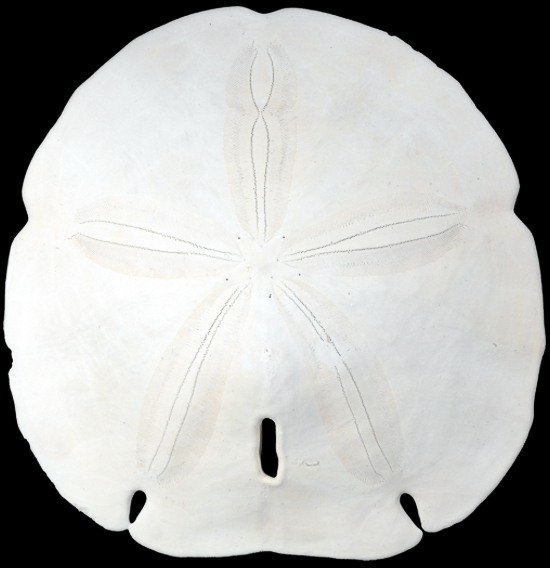
ARROWHEAD SAND DOLLARS
scientific name: Encope michelini. Common in Western Atlantic.
H0-19
One Arrowhead sand dollar 3 to 3.5 inches.....$1.85
H2-19
One Arrowhead sand dollar measuring 3 1/2 to 4 inches......$2.10
H1-19
One Arrowhead sand dollar measuring 4 to 5 inches...$2.49
H3-19
One Arrowhead Sand Dollar measuring 5 to 5.5 inches...$3.10
H4-19
One Arrowhead Sand Dollar measuring at least 5.5 inches...$3.85
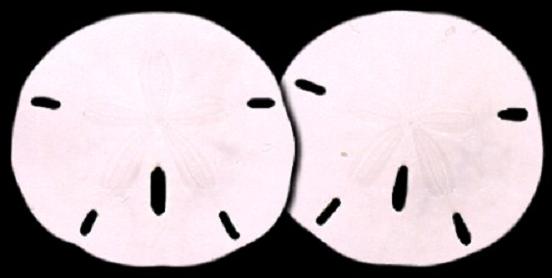
G10-19
One Florida Sand Dollar measuring 4 1/2 to 5 inches...... $1.95
G8-19
One Florida Sand Dollar measuring 3 1/2 to 4 inches...... .79
G9-19
One Florida Dollar measuring 4 to 4 1/2 inches...... $1.40
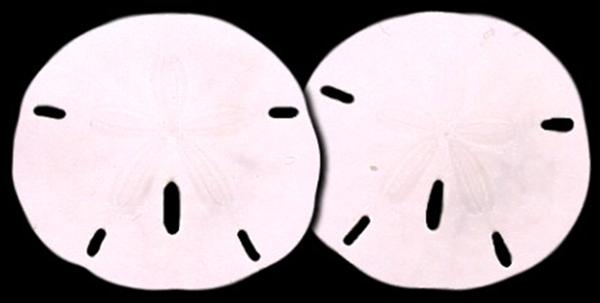
FLORIDA SAND DOLLARS
G6-19
One Florida sand dollar measuring 2 1/2 to 3 inches... .49
G7-19
One Florida sand dollar measuring 3 to 3 1/2 inches...... $1.10
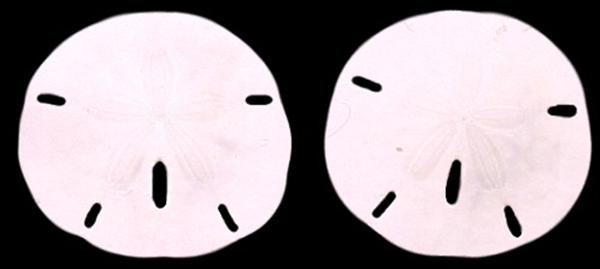
FLORIDA SAND DOLLARS
G4-19
One Florida sand dollar measuring 1 1/2 to 2 inches...... .45
G5-19
One Florida sand dollar measuring 2 to 2 1/2 inches...... .59
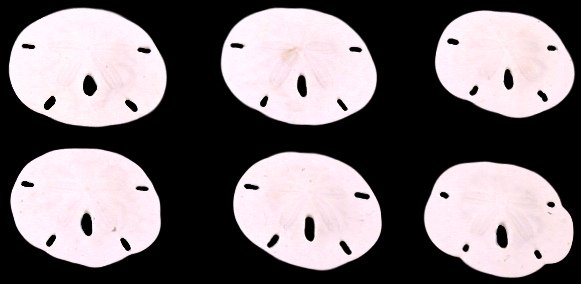
FLORIDA SAND DOLLARS
G3-19
One Florida sand dollar measuring 1 to 1 1/2 inches...... .35
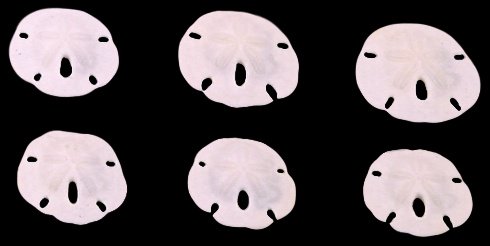
FLORIDA SAND DOLLARS
G2-19
One Florida sand dollar measuring .75 to 1 inch...... .20
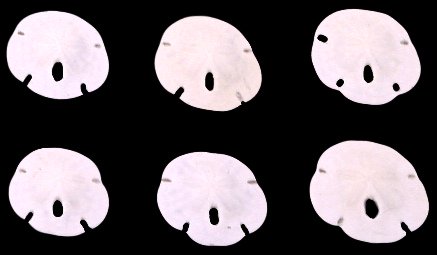
FLORIDA SAND DOLLARS
G1-19
A Florida sand dollar measuring 1/2 to .75 inch...... .17
G0-19
One Florida sand dollar measuring less than 1/2 inch...... .15
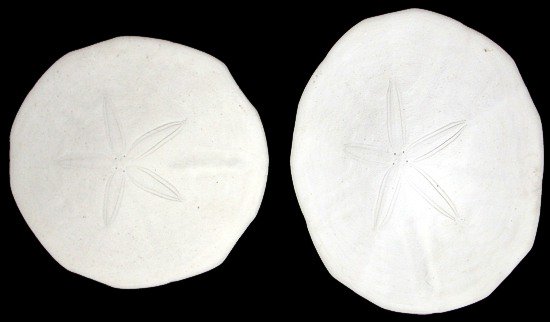
OCTAGON SAND DOLLARS
Scientific name: Phylum Enchinodermata, class Enchinoidea
H6-7-19
One Octagon sand dollar measuring 3 to 4.5 inches....... $2.75
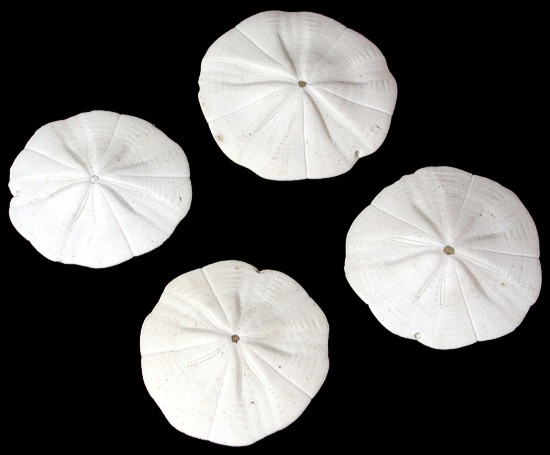
STAR SAND DOLLARS
H8-19
One Star sand dollar measuring 1 1/2 to 2 inches...... .45
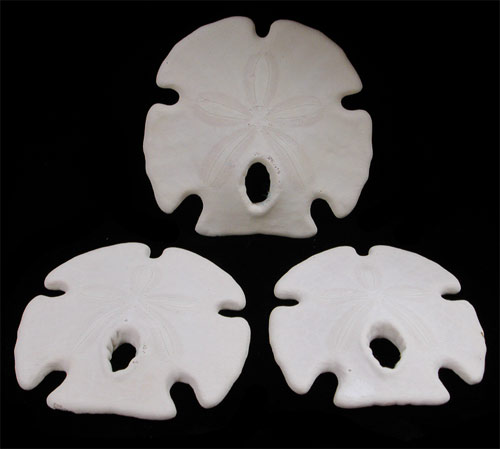
KEYHOLE ARROWHEAD SAND DOLLARS
HH4-19
One Keyhole Arrowhead specimen measuring 2 1/2 to 3.5 inches...... .95
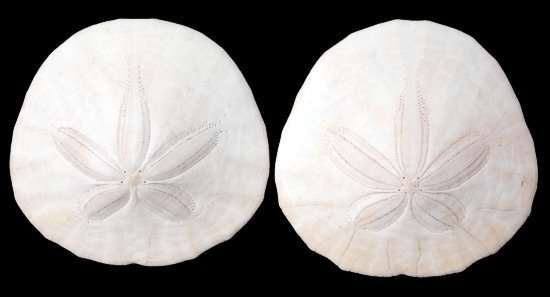
WASHINGTON STATE SAND DOLLARS
Scientific name. Dendraster excentrcus
F2-19
One Washington State sand dollar measuring 2 to 3 inches ...... .79
F3-19
One Washington State sand dollar measuring 3 to 3.5 inches ......$1.95
<>br>